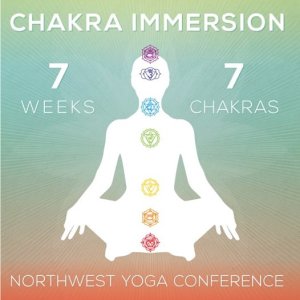by Jill Rivera Greene, Conference Blogger
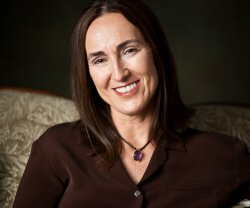 When talking with Melanie Farmer—whose Pioneer Square practice is a blend of yoga, Ayurveda, Jyotish, and massage—you cannot forget for a moment that these practices trace back 5,000 years. But even more remarkable than the depth of her respect for ancient wisdom is how deftly she applies it to every aspect of modern reality, from household clutter to holiday stress.
When talking with Melanie Farmer—whose Pioneer Square practice is a blend of yoga, Ayurveda, Jyotish, and massage—you cannot forget for a moment that these practices trace back 5,000 years. But even more remarkable than the depth of her respect for ancient wisdom is how deftly she applies it to every aspect of modern reality, from household clutter to holiday stress.
How would you explain the relationship between yoga and Ayurveda?
Ayurveda is an approach to health and well-being that has to do with how you balance your own needs and heal yourself so that you can be of service to your family and community.
I use the word “yoga” as a verb. Yoga involves taking theories of self-care and actually putting them into action. So in addition to the asanas, for example, understanding your dietary needs and eating well is also a form of yoga.
For those of us who are practicing or teaching yoga but not incorporating Ayurveda, are we missing out on the bigger picture?
What I have found is that if people stick with it long enough, they eventually figure it out. Even the word itself, “yoga” … that’s an ancient Sanskrit word. It’s been the same for 5,000 years. So just by saying it, you are invoking a tremendous energy and power.
I have great faith in the practices and the nature of yoga. People find their path. These ancient practices are bigger than we are.
As a new student of yoga, I find that very comforting!
Right. As a new student, it doesn’t matter where you start. It’s about trusting yourself and the way that you’ve been called to yoga. There may be fits and starts, times when despair can be great, even—despair is a very deep, important aspect of yoga. But there’s no going back.
What is one experience that has had an impact on your own practice?
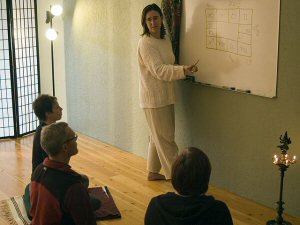
Melanie teaches a class at her studio.
A turning point for me was when I sustained a very serious back injury. It was really a culmination of everything … being too aggressive with my asanas, not nourishing myself enough, not allowing myself enough rest. I had a son, I was married, I owned a business, I had my training … so I lived with a herniated disc in my lower back for years, trying to heal while continuing to work and teach a full schedule.
Finally, the physical therapists and my doctor said, “Enough. You need to stop. It’s time for surgery.” And I was ready for it. For a time, I could do almost no asana at all.
From this has come a shift away from being so aggressive … It was a good lesson. My practice now is much more about self-care.
How has that changed you as a teacher?
Almost everyone who has practiced for any length of time has experienced some kind of injury. Out of that will come lessons around self-care, ego, and our own vulnerability. If we understand it well, we become better teachers. We are better able to help our students avoid that kind of difficulty and pain.
It’s important to trust yourself and your body. If your teacher is mature in their own practice, when you say, “No, that doesn’t feel right,” they will accept that, and they will respect you for it. They will offer you another option.
At the conference, you’re teaching a workshop on Marmas and Adjustments. What are the marmas, and how can they benefit teachers and students?
A marma is a vulnerable point in the body, where you have a number of different tissue structures coming together: for example, the spine, the elbow, the knee. These are the same points used in Kalari, an ancient form of martial arts, as well as in healing systems like acupuncture.
When teachers are adjusting, the natural places to position the hand just happen to be where the large marmas are. If we understand this, then an adjustment becomes more than just a hand placement. You understand that you’re touching something more vulnerable—and at the same time, more powerful—than what’s at the surface.
Another one of your workshops is about creating a supportive work and home environment. What are some of the things you’ve done to create your own personal “haven” at home?
This workshop comes from understanding the connection between Ayurveda and Vastu. Vastu teaches us that our homes and rooms are like the bodies that we live in. We want these spaces to be balanced, just as we balance our physical bodies. If your home is not balanced, you can’t be balanced.
There are some really fundamental practices that can help. At a basic level, you can look at things like clutter and cleanliness. If you have a lot of things that you don’t need or don’t love– get rid of that stuff. Keep a very simple home environment. Recognize that things are energy.
I live on Vashon, in a little cabin … over the past year I have gotten down to just a few things that I really care about. But it’s been a gradual process. I appreciate the things I have for how they have served me, and then I feel happy to give them away so that they may serve someone else. As we authentically let go, there’s a moksha (freedom). But we can be compassionate with ourselves in the process. There’s no rush; just be ready to let go.
For some of us, the holidays can be a stressful time. Any self-care tips?
The holidays are about wanting to be with people you really love and want to be with, and who love and want to be with you. For many people, this may mean you need to look at the nature of your interaction with certain family members. If you’re starting to feel stressed or anxious, what are you going to do for yourself? Can you limit the amount of time you spend in those family situations, so that you have more time to spend with others?
Wow. I was hoping you were just going to tell me what foods to eat!
If only it were that easy, right? The holidays are so often about going back into the family dynamic and playing out those old roles. Unless we recognize what’s happening, it’s going to feel bad.
But when you recognize this, the food issues tend to go away, because you’re not doing the emotional eating. You won’t want to eat those unhealthy foods once you address the core issues and nourish yourself with good, healthy boundaries.
Speaking of relationships … You have a special one with your retired racehorse, Cooper. How has that experience changed you?
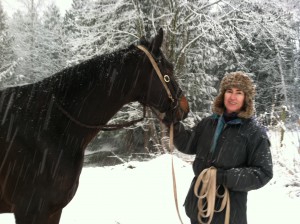
Melanie and Cooper
We talk a lot about heart opening in yoga, in posture practice. With Cooper, I am learning at a deep level what it means to open my heart. The vulnerability is great, if we really respect an animal.
Cooper has experienced human beings who were violent, and he has a huge heart. I’m trying to have this very subtle communication with him so that he can have what he wants, even if it’s not this training we’re doing together, which—as gentle and respectful as it is—is triggering his posttraumatic stress. At times I’m not even sure he wants to stay in this world. As this stress comes up for him, I have to look at what’s coming up for me: I have to work with my own heart in these moments of fear, anger, and grief.
In the end, it’s really about opening your heart with no agenda at all. That is what’s being demanded of me in this relationship. And that’s the yoga. That’s the spiritual work.
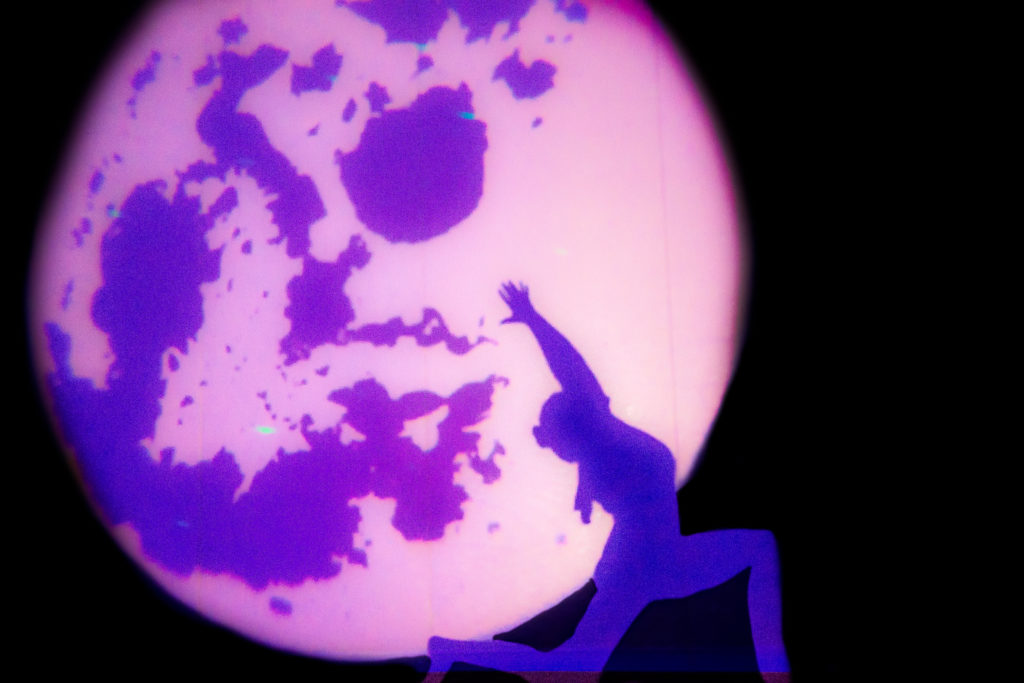
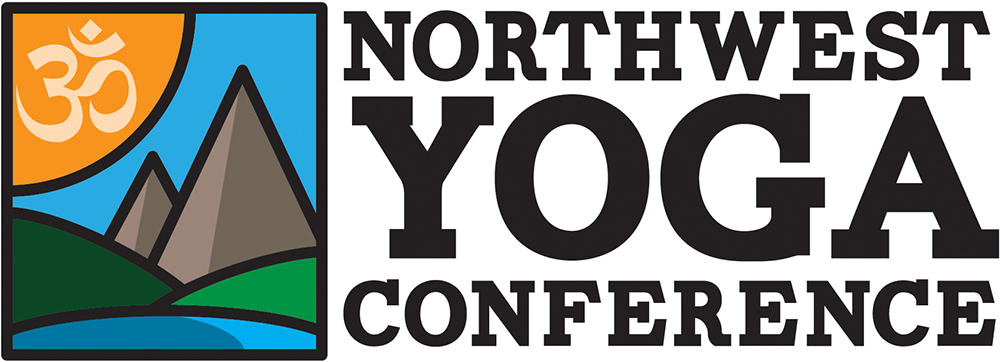
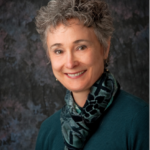 This woman is sharp. She is 66 and she is a
This woman is sharp. She is 66 and she is a  Julie started teaching yoga in 1970. She was attending Reed College, and had already been practicing for a few years. Her friends and classmates were interested in it, so she started teaching them.
Julie started teaching yoga in 1970. She was attending Reed College, and had already been practicing for a few years. Her friends and classmates were interested in it, so she started teaching them. 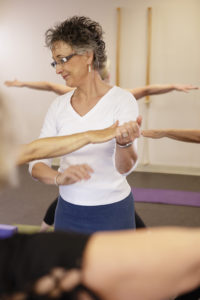 “I hope I am a positive role model for them. Not just in terms of talking; but doing and being. I’ve been known to say that I don’t talk a lot about formal yoga philosophy, but I hope by the way I practice and the way I have them practice with mindfulness and consciousness that the heart of yoga philosophy comes through.”
“I hope I am a positive role model for them. Not just in terms of talking; but doing and being. I’ve been known to say that I don’t talk a lot about formal yoga philosophy, but I hope by the way I practice and the way I have them practice with mindfulness and consciousness that the heart of yoga philosophy comes through.”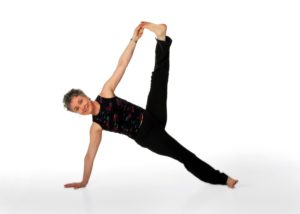
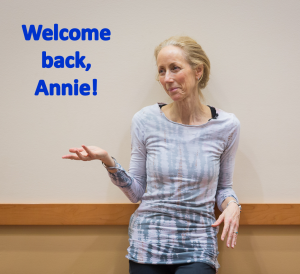
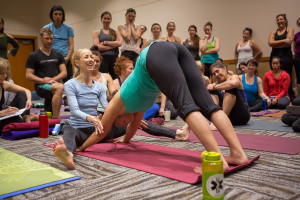
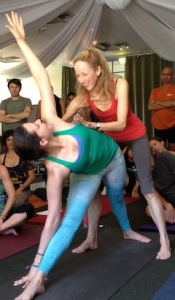
 Perhaps all you need to do is have a meal with them to know more about them. After all, research shows that we make more than 200 decisions about food every day. As a result, our relationship with eating says something rather significant about how we choose to live our lives. This idea may not be far-fetched considering that we have long been told “you are what you eat.”
Perhaps all you need to do is have a meal with them to know more about them. After all, research shows that we make more than 200 decisions about food every day. As a result, our relationship with eating says something rather significant about how we choose to live our lives. This idea may not be far-fetched considering that we have long been told “you are what you eat.” When talking with Melanie Farmer—whose Pioneer Square practice is a blend of yoga, Ayurveda, Jyotish, and massage—you cannot forget for a moment that these practices trace back 5,000 years. But even more remarkable than the depth of her respect for ancient wisdom is how deftly she applies it to every aspect of modern reality, from household clutter to holiday stress.
When talking with Melanie Farmer—whose Pioneer Square practice is a blend of yoga, Ayurveda, Jyotish, and massage—you cannot forget for a moment that these practices trace back 5,000 years. But even more remarkable than the depth of her respect for ancient wisdom is how deftly she applies it to every aspect of modern reality, from household clutter to holiday stress.


